- Description
-
Details
The landscape of education has undergone a profound transformation, particularly in recent years. The advent of technology and the rise of online learning platforms have led to the development of advanced smart classrooms tailored for online teaching. These sophisticated environments leverage cutting-edge technology to create interactive and engaging virtual learning spaces. In this article, we will explore the concept of advanced smart classrooms for online teaching, the key components that make them effective, and the benefits they offer to both educators and students.
Understanding Advanced Smart Classrooms for Online Teaching
Advanced smart classrooms for online teaching are digitally-enhanced learning environments designed to replicate the traditional classroom experience while harnessing the benefits of online education. These classrooms leverage a variety of technologies to create an interactive and dynamic setting, where educators can conduct engaging online lessons and students can actively participate in the learning process.
Key Components of Advanced Smart Classrooms for Online Teaching
-
Video Conferencing Tools: Video conferencing platforms like Zoom, Microsoft Teams, and Google Meet are essential components of advanced smart classrooms for online teaching. These tools enable real-time communication and collaboration between educators and students, bridging the geographical gap.
-
Interactive Whiteboards: Digital whiteboards, often integrated with video conferencing software, allow educators to deliver lectures, write notes, draw diagrams, and share multimedia content in real-time. They offer a highly interactive experience that closely resembles traditional chalkboards or whiteboards.
-
Screen Sharing: The ability to share screens facilitates the display of presentations, educational software, and other content with students. Educators can switch between applications seamlessly, making their teaching materials easily accessible to learners.
-
Educational Software: Specialized educational software and learning management systems (LMS) are critical components. These platforms help educators organize and deliver content, assign and grade assignments, and track student progress. They may also include features like online quizzes, discussion forums, and gradebooks.
-
Recording and Playback: The option to record online lessons provides flexibility for both educators and students. Recordings can be reviewed for revision purposes or accessed by students who may have missed a live session. Some platforms offer interactive playback, allowing students to revisit specific parts of a lesson.
-
Collaboration Tools: Advanced smart classrooms often include collaboration tools like chat rooms, breakout rooms, and collaborative documents. These features foster student interaction, group projects, and peer-to-peer learning.
-
Cloud Storage: Cloud storage solutions such as Google Drive or Microsoft OneDrive enable the secure storage and easy access to educational resources, assignments, and student work. This cloud-based approach simplifies file sharing and collaboration.
-
Assessment and Feedback Tools: Online assessment tools provide educators with the means to create and grade assignments, quizzes, and tests digitally. Instant feedback can be given to students, enhancing the learning process.
-
Student Engagement Features: Some platforms incorporate features like virtual hand raising, emojis, and polls to gauge student engagement and understanding during lessons.
Benefits of Advanced Smart Classrooms for Online Teaching
-
Accessibility: Online teaching in advanced smart classrooms breaks down geographical barriers, allowing educators to reach a global audience. Students from different parts of the world can access high-quality education, expanding educational opportunities.
-
Flexibility: Online teaching offers flexibility for both educators and students. Lessons can be scheduled to accommodate various time zones, and students can access content at their convenience. This flexibility is especially advantageous for working professionals and non-traditional learners.
-
Interactivity: Advanced smart classrooms replicate the interactivity of physical classrooms. Educators can engage students through live discussions, interactive whiteboards, and collaborative activities, creating a participatory learning environment.
-
Resource Access: Online teaching facilitates access to a vast array of digital resources, including e-books, articles, videos, and interactive simulations. Students can explore diverse learning materials, enhancing their understanding of the subject matter.
-
Personalized Learning: Educational software in advanced smart classrooms often includes adaptive learning capabilities. These tools can tailor lessons to individual students' needs, offering additional support or challenges as required.
-
Cost Savings: Online teaching can be cost-effective for both educational institutions and students. It reduces the need for physical infrastructure, travel expenses, and printed materials. Additionally, students can save on commuting and accommodation costs.
-
Environmental Impact: The shift to online teaching can contribute to environmental sustainability by reducing the consumption of paper and energy associated with physical facilities.
Challenges and Considerations
While advanced smart classrooms for online teaching offer numerous benefits, there are also challenges and considerations to address:
-
Technical Requirements: Both educators and students need access to reliable internet connections and appropriate devices (laptops, tablets, etc.) to participate effectively in online teaching.
-
Digital Literacy: Educators and students must be proficient in using online teaching tools and platforms. Providing training and support is crucial to ensure everyone can navigate the digital environment effectively.
-
Engagement and Motivation: Maintaining student engagement and motivation in an online setting can be challenging. Educators need to employ interactive teaching methods and build a sense of community among students.
-
Privacy and Security: Protecting student data and ensuring the security of online learning environments is of paramount importance. Educational institutions must implement robust cybersecurity measures and adhere to privacy regulations.
-
Digital Divide: Addressing the digital divide is essential to ensure equitable access to online education. Educational institutions may need to provide devices or internet access to students who lack them.
Conclusion
Advanced smart classrooms for online teaching have reshaped the educational landscape, offering educators and students powerful tools to facilitate high-quality learning experiences. The integration of video conferencing, interactive whiteboards, and specialized software enables engaging and interactive online lessons that closely resemble traditional classroom settings.
While there are technical and pedagogical challenges to overcome, the benefits of advanced smart classrooms for online teaching are substantial. They provide accessibility, flexibility, interactivity, and resource access, making education more inclusive and adaptable to the diverse needs of learners. As technology continues to advance and educational institutions refine their online teaching strategies, the future of education holds great promise in providing accessible, engaging, and effective learning experiences for all.
Smart Classroom Images
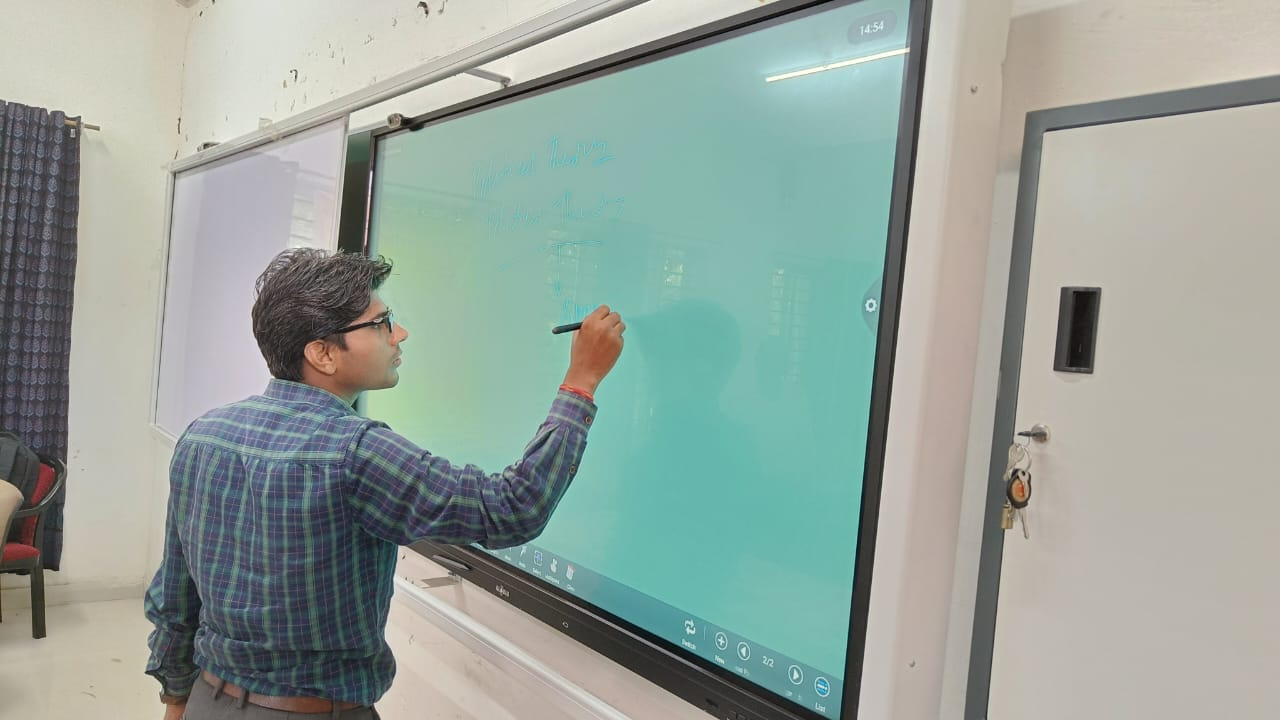
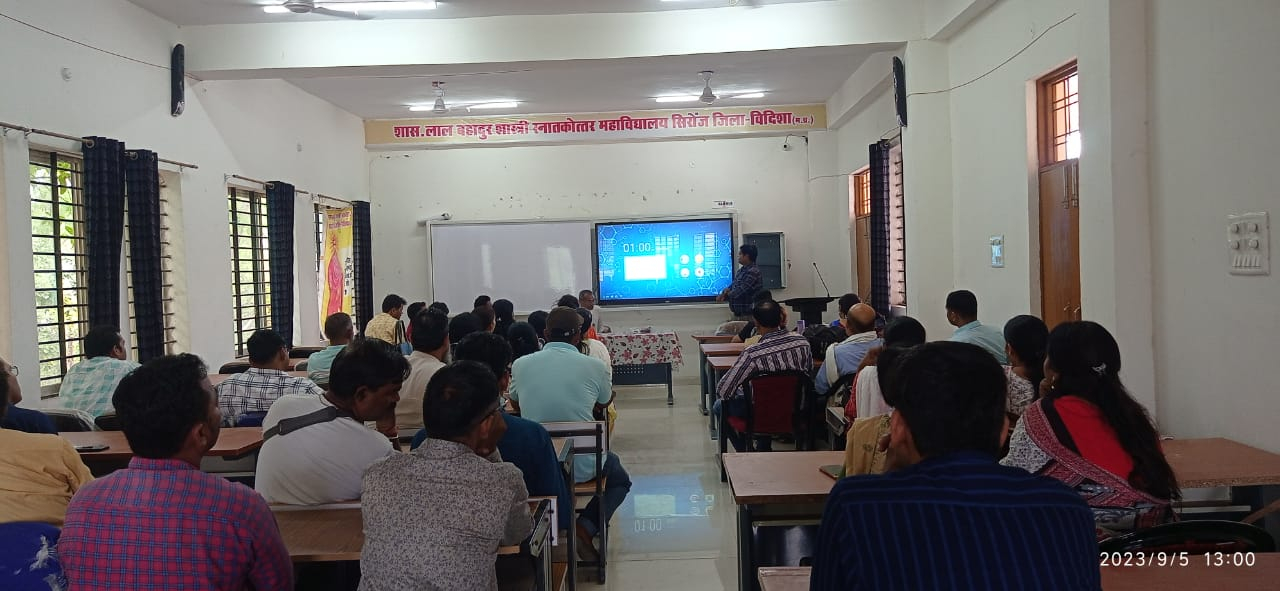
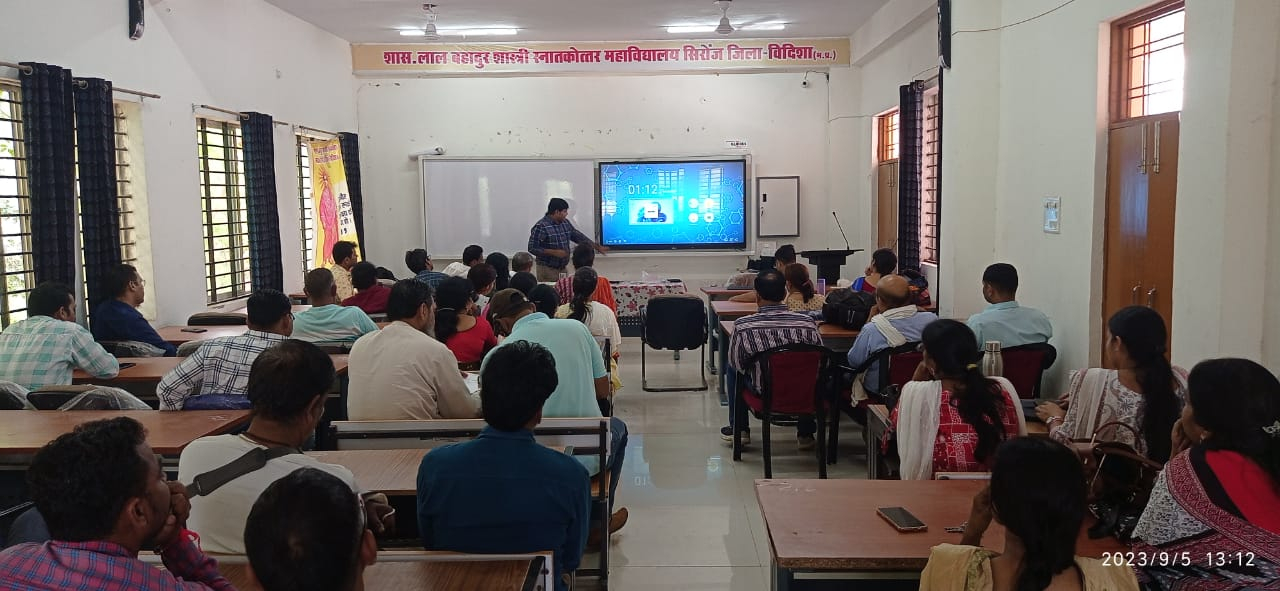
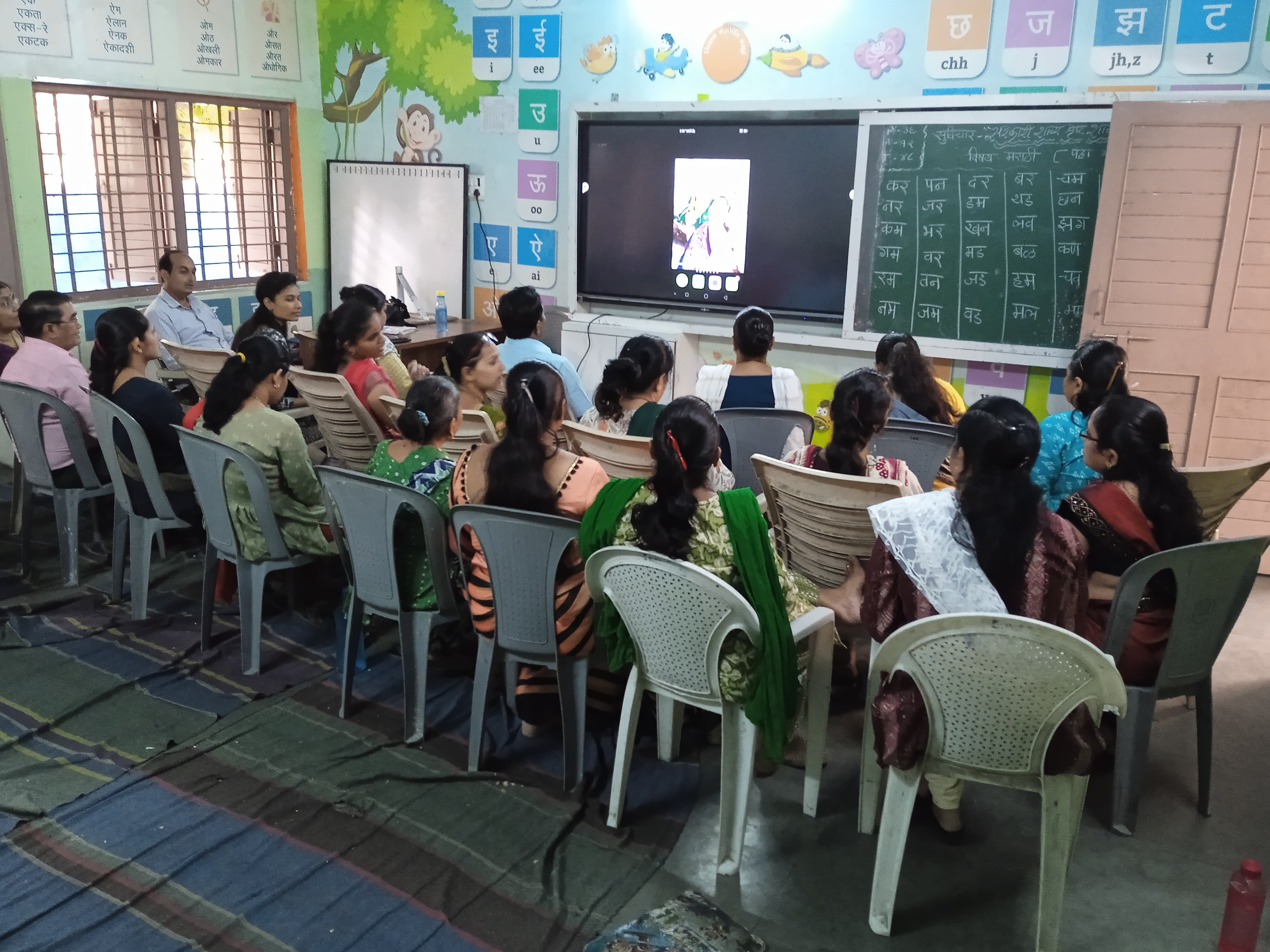
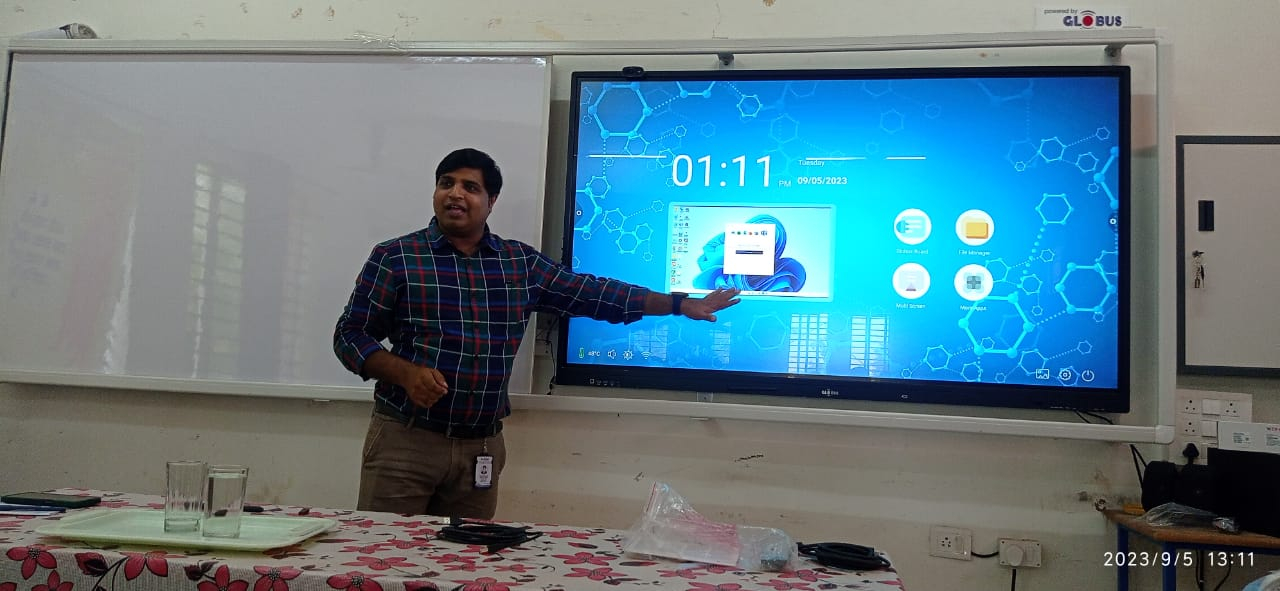
-
- Reviews
-
Default welcome msg!

